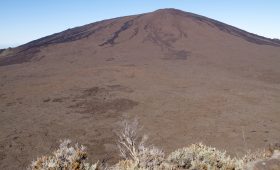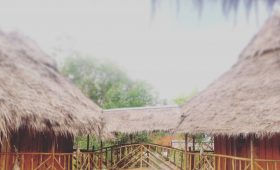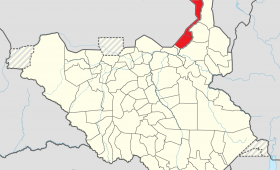Abel Tasman National Park: A Unique New Zealand Experience
About Abel Tasman National Park
Abel Tasman National Park, located in the Tasman District at the northern tip of New Zealand’s South Island, is renowned for its stunning landscapes and diverse ecosystems. Established in 1942, the park spans over 22,000 hectares, making it New Zealand’s smallest national park. Despite its size, it offers a remarkable blend of golden beaches, lush forests, and rugged terrain, providing an unforgettable experience for visitors.
What Makes Abel Tasman National Park Unique?
The park’s most striking features are its golden sandy beaches and crystal-clear turquoise waters, which attract visitors from around the world. The coastline is dotted with secluded bays and estuaries, such as Torrent Bay and Awaroa, which are known for their dramatic tidal changes. Inland, the park’s terrain becomes more mountainous, offering a different kind of adventure for those willing to explore beyond the beaches.
The Abel Tasman Coast Track
The Abel Tasman Coast Track is a 60-kilometer trail that offers breathtaking views of the coastline and opportunities to observe local wildlife. This well-marked trail is accessible to hikers of various fitness levels, with options for both day hikes and multi-day treks. Along the way, you might spot native birds like tui, bellbirds, and the rare weka. Be mindful of the park’s tidal areas, as some sections of the track can be crossed only at low tide.
Water Activities
For those who enjoy water sports, Abel Tasman National Park is a paradise. The calm, sheltered waters are perfect for kayaking and paddleboarding. Renting a kayak allows you to explore the park’s coastline, including the famous Split Apple Rock. Boat tours are also available for those who prefer a more leisurely exploration of the park’s stunning marine environment.
When to Visit
The park is located in one of New Zealand’s sunniest regions, with over 2,000 hours of sunshine annually. The best time to visit is during the summer months of December to February, when temperatures range from 55°F (13°C) to 72°F (22°C). However, this is also the busiest time, so consider visiting in spring or autumn for a quieter experience. Each season offers its own unique beauty, with moderate rainfall throughout the year.
Getting to Abel Tasman National Park
Access to Abel Tasman National Park is primarily by foot or boat, as vehicles are not permitted inside the park. The main entry points are Marahau, Wainui, Totaranui, and Awaroa, each accessible by car from nearby towns. Marahau, the southern entrance, is 67 kilometers from Nelson. From these entry points, visitors can embark on hikes or take water taxis to various locations within the park.
Local Transportation
Within the park, walking is the primary mode of transportation. The Abel Tasman Coast Track is well-signposted, with huts and campsites available for overnight stays. Water taxis offer convenient transport for those who prefer shorter walks or day trips, allowing visitors to explore different sections of the park without hiking the entire track.
Considerations
While Abel Tasman National Park offers a wealth of natural beauty and outdoor activities, visitors should be aware of certain challenges. Some areas are privately owned, particularly in Awaroa Bay and Torrent Bay, so it’s important to respect property boundaries. Additionally, the park’s tidal areas require careful planning to avoid being stranded. Lastly, conservation efforts are ongoing to protect native wildlife from introduced species, so visitors should be mindful of traps and other measures in place.
Summary of Facts
- Located in the Tasman District on the northern tip of New Zealand’s South Island.
- Features golden beaches, turquoise waters, and mountainous terrain.
- The Abel Tasman Coast Track is a 60-kilometer trail with diverse wildlife.
- Ideal for water activities like kayaking and paddleboarding.
- Best visited in summer, with options for quieter visits in spring or autumn.
- Accessible from Marahau, Wainui, Totaranui, and Awaroa.
- Walking and water taxis are the main modes of transportation within the park.




